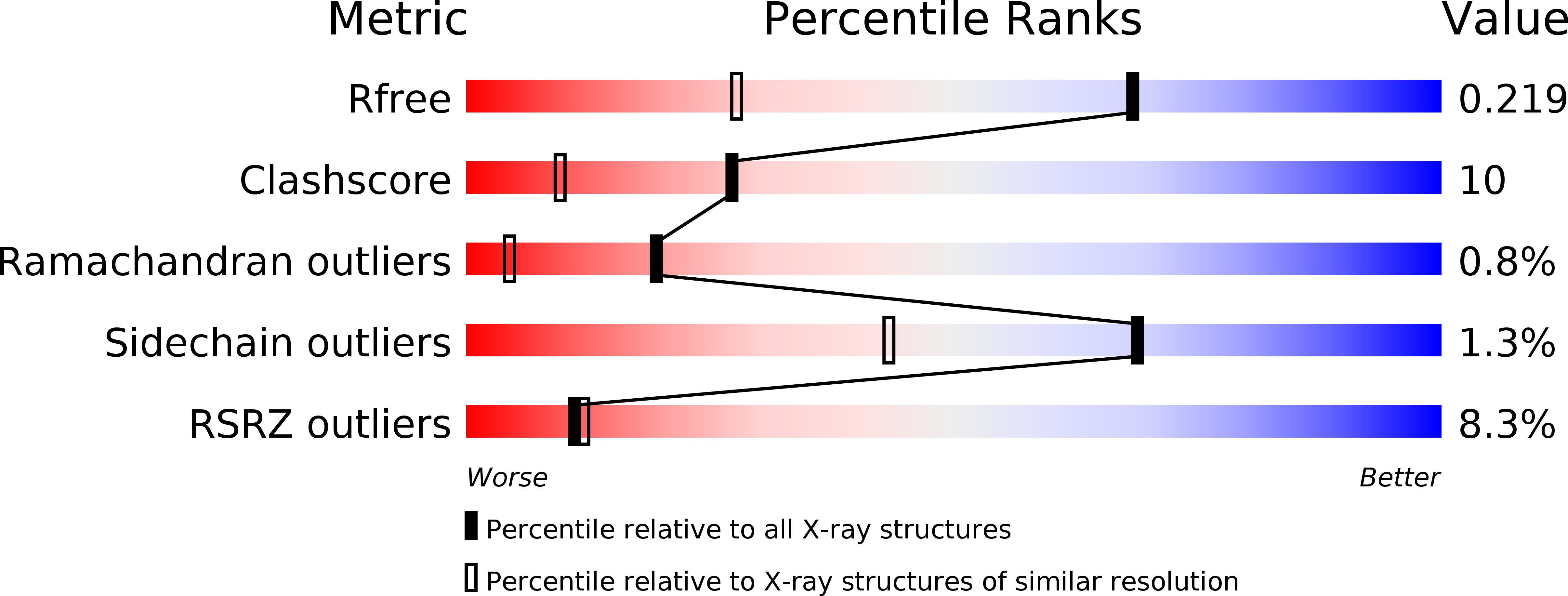
Deposition Date
2011-10-19
Release Date
2011-11-09
Last Version Date
2024-02-28
Entry Detail
PDB ID:
3U9Q
Keywords:
Title:
Ligand binding domain of PPARgamma complexed with Decanoic Acid and PGC-1a peptide
Biological Source:
Source Organism:
Homo sapiens (Taxon ID: 9606)
Host Organism:
Method Details:
Experimental Method:
Resolution:
1.52 Å
R-Value Free:
0.22
R-Value Work:
0.18
R-Value Observed:
0.18
Space Group:
P 1 21 1


